lack of flowers
msbumble
9 years ago
Related Stories

HOUSEPLANTSGot Bright Light but Lack Spare Time? Try Ponytail Palm
This low-maintenance houseplant has an exotic look and a drought-tolerant nature. Just give it lots of sun
Full Story
GARDENING GUIDESSee Winning Gardens From the 2015 Chelsea Flower Show
The popular annual London event showcases the best in garden design. Get inspired by these 2015 gold-medal winners
Full Story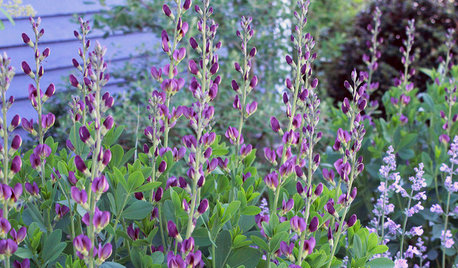
GARDENING GUIDESFlower Spikes Nail Impact in Summer Gardens
Get to the point in your landscape with spiky flowers and plants that create excitement and drama
Full Story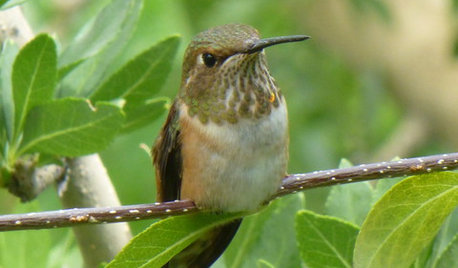
GARDENING GUIDES8 Flowers That Hummingbirds Adore
To draw those mesmerizing little birds to your garden or doorstep, plant these flowers that are attractive in more ways than one
Full Story
MOST POPULARHow to Design a Colorful Flower Bed
Fall planting: Delight the eye through 3 seasons with bright flowers placed just right. Late summer is the time to plan
Full Story
PORCHESGet the Hang of Hanging Flower Baskets
Learn all about container materials, soil and designing a hanging flower arrangement for a bountiful look on your porch or deck
Full Story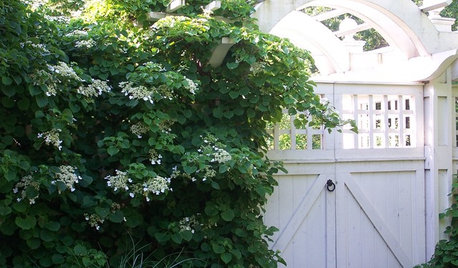
FALL GARDENING6 Deer-Resistant Flowering Vines to Plant This Fall
Have a major deer problem? Here are some of the only vines that have a chance of not being eaten
Full Story
ENTERTAININGEye-Catching Centerpieces Beyond Flowers and Fruit
Use your imagination to create a tableau that reflects your surroundings, creates dramatic tension or elicits surprise
Full Story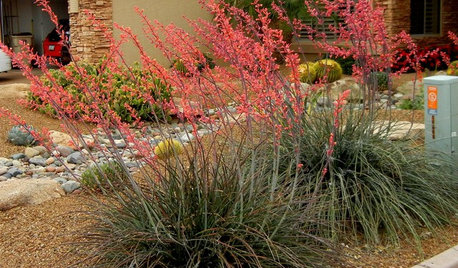
GARDENING FOR BUTTERFLIESGreat Design Plant: Red Yucca Spikes Dry Spots With Color
Neither heat nor cold nor lack of water fazes this flowering succulent, which adds spiky texture to Southwestern landscapes
Full Story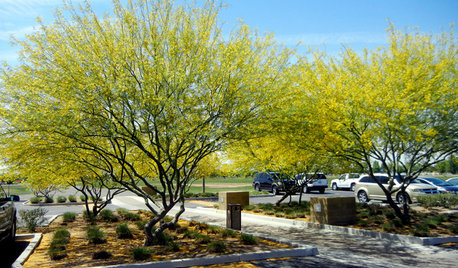
TREESGreat Design Plant: Desert Museum Palo Verde Offers a Colorful Canopy
Rising above others with its long bloom time, artful vase shape and lack of thorns, this tree is great for casting filtered shade
Full Story





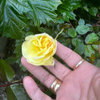
roseseek
dublinbay z6 (KS)
Related Professionals
Belmont Landscape Architects & Landscape Designers · Horsham Landscape Architects & Landscape Designers · Waunakee Landscape Architects & Landscape Designers · Apollo Beach Landscape Contractors · Cambridge Landscape Contractors · Clark Landscape Contractors · Duarte Landscape Contractors · Fort Atkinson Landscape Contractors · Lebanon Landscape Contractors · Parkland Landscape Contractors · Peachtree City Landscape Contractors · Richmond Landscape Contractors · Seymour Landscape Contractors · Suitland Landscape Contractors · Winchester Landscape Contractorsdiane_nj 6b/7a
michaelg
henry_kuska
mad_gallica (z5 Eastern NY)
msbumbleOriginal Author
henry_kuska
dublinbay z6 (KS)
henry_kuska
kentucky_rose zone 6
dublinbay z6 (KS)